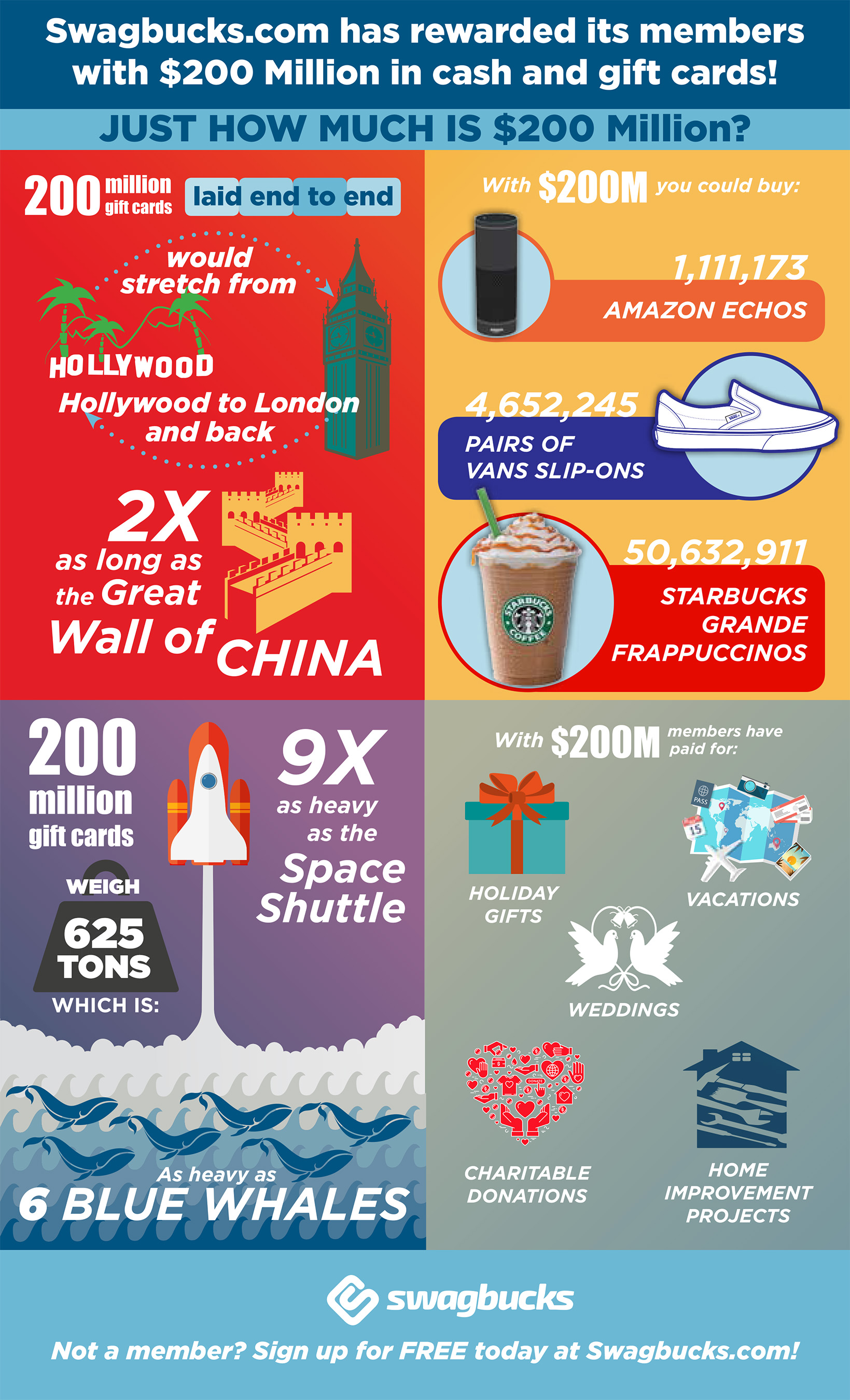Personalized glass honors stimulate an undeviating spirit of devotion and quality. They promote a culture of recognition that transcends ordered borders.
Wheel engraving is shown on a cup most likely made in the 1700s covered with intricate Chinese-style motifs. These themes introduced obligation to the Jacobite reason. This is a remarkable example of exactly how imported Oriental items affected European layout trends.
Origins
As glassmaking ended up being a lot more innovative, engravers became aware that a design added to a piece of glass transformed it from practical into preferable. They explore a selection of damaging, abrading and cutting techniques.
The most competent engravers created great thorough job. Anna Roemers Visscher, that was a glass cutter and engraver, was renowned for her fragile blossoms, motivated by the nature books preferred in her time.
Engravers also carved fine linework into glass. By the end of the 17th century, engravers had begun to abandon linear clarity in favour of crosshatched chiaroscuro effects. One of the earliest examples is recorded on a jug by a Rotterdam engraver who signed his work with a scribbled freedom and vigour that lifted it above the rest.
Engraving continued to be a popular technique, although it was increasingly eclipsed by cut glass and new techniques such as etching, which was cheaper than engraving. However, economic pressures after c1905, together with declining top quality of cut glass, saw a rise in the appeal of personalized glass, called rock crystal.
Strategies
Glassmakers made use of a range of methods to mark or embellish the surface of a vessel, typically integrating different methods. One technique called stipple inscription, as an example, makes use of a factor of tungsten or ruby to make small dots on the glass surface which produce contrasting white lines when light shines through them.
Engraved glass honors are valued for their style and reputation. They show the deep esteem and regard that business hold for their employees and foster a society of quality.
The clarity of glass symbolizes the transparency and honesty of corporate acknowledgment, encouraging receivers to take stock of their achievements and reflect on their trip in the company. Additionally, the capability of engraved glass to present individualized text and imagery allows for the production of extremely special and significant awards that stimulate the feeling of grandeur associated with this remarkable product.
Designs
From the smooth lines of corporate honors to the engraved text on glass trophies, engraved crystal is an elegant icon of acknowledgment. Whether displayed on someone's workdesk or maintained as a keepsake, these personalized items share a sense of prestige and professionalism and reliability that is difficult to locate in other products.
The style of engraved glass has actually altered over time to mirror changing preferences and technological advancements. The ancient technique of copper-wheel inscription has defied forecasts of obsolescence, and new strategies like etching are taking over where stippling as soon as held sway.
The earliest diamond-point engraving, of the 16th century, is stiff and official. It slowly became extra supple and pleasing, but might easily deteriorate into over-elaboration. In the 19th century Thomas Webb & Sons presented "rock crystal" with deep cutting and copper-wheel engraving, which imitated deluxe vessels cut of rock crystal in Europe and the Orient (see Ewer by Webb & Sons). The firm's major engravers were Bohemian immigrants Frederick Engelbert Kny and William Fritsche, who authorized their deal with a monogrammed G.
Significance
Engraved glass was pricey and demanded. This was because it included the most requiring glass refining method and relied on the accuracy and initiative of a competent craftsman. The acme of engraving can be found in the 17th century and was quite a part of the Baroque and Rococo durations.
During this time around, engraved cups could be used to interact messages of social standing. They would present household crests and political obligations. They might additionally display one's preference for the current fashion and style trends.
Today, personalized glass is still an important art type. However, developments in technology and laser innovation have structured the process and made it extra accurate. The resulting detailed designs are both sensational and resilient. In addition, new kinds of glass have actually been developed to react better to lasers. This has broadened the opportunities for artists and developers. It get more info additionally lessens the ecological impact of the process. For instance, optical crystal is an exceptional choice for engraved awards due to the fact that it is clear and shows light well.
